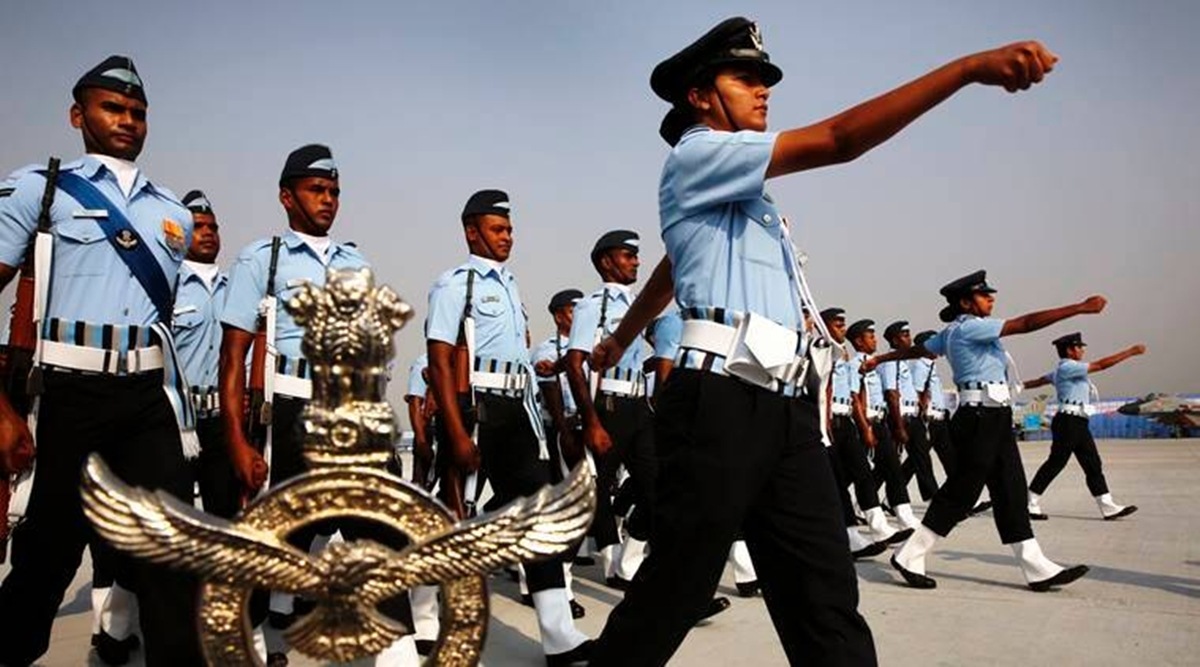March 30, 2021 4:26:58 pm
 An important aspect of the Supreme Court’s judgment in this case is its explanation of the difference between direct and indirect discrimination.
An important aspect of the Supreme Court’s judgment in this case is its explanation of the difference between direct and indirect discrimination. Written by Unnati Ghia
In what is sure to be an epochal moment for gender equality in India, the Supreme Court last week delivered a verdict in favour of 86 female officers of the Indian Army in Lt. Col. Nitisha v. Union of India. The petitioners were challenging the way the Court’s last year’s directions in Ministry of Defence v. Babita Puniya (2020) have been implemented.
In Babita Puniya, the Court had directed the Army to consider all serving female officers for the grant of permanent commissions. Such a commission grants officers the ability to continue in service until retirement, as opposed to “Short Service Commissions” with defined tenures of service.
Pursuant to the judgment, the Army set up a “Special No. 5 Selection Board” on August 1, 2020, to consider women SSC officers for the grant of permanent commissions. Accordingly, 615 officers were considered, out of which 422 women were approved by the Board subject to medical and discipline parameters. Two hundred and seventy-seven female officers were ultimately granted permanent commissions. The petitioners had been denied commission in this process.
The petitioners made two key arguments. First, the medical parameters (or the SHAPE criteria) were being applied to them as on date, given that their applications were only considered pursuant to the Supreme Court order. Thus, at the age of 45-55 years, they would have to conform to the same medical standards applied to their male counterparts aged 25-30 years – that is, when male officers first become eligible for permanent commissions in their fifth or 10th year of service.
Second, given that there was no scope for women to be granted permanent commissions prior to the Court directions, their Annual Confidential Reports (ACRs) in the fifth or 10th year were filled out more casually by superior officers, and they did not have the benefit of having attended specialised courses, which contribute to the ACR and recommendation. These old ACRs were now being used to evaluate female officers.
On behalf of the state, the Additional Solicitor General argued that the petitioners first sought parity with men in Babita Puniya, and now wanted special and unjustified treatment in the eligibility criteria for Permanent Commissions. The Supreme Court was of the view that the evaluation criteria used by the army to grant permanent commissions disproportionately affected women. The evaluation criteria excluded their subsequent achievements after the ACR, applied medical parameters to them belatedly, and ignored the prejudice caused to the female officers due to casual grading and biased incentive structures.
An important aspect of the Supreme Court’s judgment in this case is its explanation of the difference between direct and indirect discrimination. Direct discrimination refers to a practice or a rule that differentiates on the basis of a prohibited ground (such as sex or caste under Article 15 and 16). An example of this is a law that prohibits women from being employed in bars.
Indirect discrimination is concerned with the disparate/disproportionate impact of a superficially neutral law on a minority. The now annulled Section 377 of the Indian Penal Code is an excellent example of this, in that it did not explicitly mention the LGBTQ community, but had an adverse effect on their rights and dignity. In Lt. Col. Nitisha, Justice Chandrachud lays down a clear framework for addressing such cases of indirect discrimination.
However, the Supreme Court goes beyond this distinction to introduce a third concept of “systemic discrimination” under the Constitution. This approach does not focus on any discriminatory practice, rule or event, but rather views discrimination as a continuum. This means that the focus shifts to the structures that constantly cause and reinforce disadvantage and exclusion. These patterns could be anything — informal rules or policies, unconscious biases, individual or collective decisions etc.
In recent years, the apex court has delivered a number of judgments that indicated an expanding view of equality under the Constitution, such as the Sabarimala judgment and the decriminalisation of homosexuality in Navtej Johar. However, this is the first and perhaps clearest exposition by the Supreme Court on different forms of discrimination under Indian law. Moreover, the Court appears to be increasingly cognisant of broader cultures of oppression that exist in society, and its impact on women and gender
In Babita Puniya, by granting Permanent Commissions to women, the Court lifted a barrier to access faced by women in the army. This ensured equality of opportunity. The judgment in Lt. Col Nitisha is a rare instance of the Supreme Court examining issues beyond access — what happens after women win a battle for opportunity? Does this mean they no longer face any obstacles?
Here, the legal recognition of “systemic discrimination” is crucial because it acknowledges the pervasive impact of the patriarchy. Especially in the case of workplace discrimination, the patriarchy often goes far beyond biased hiring practices or access to employment. Women subsequently face obstacles in the form of sexual harassment, biased assessment/promotion procedures, reproductive choices and hostile work environments. This new approach may be better suited to identifying such latent forms of discrimination, as opposed to strict legal tests and standards.
One can hope that the judgment in Lt. Col. Nitisha ushers in a new era of claims from women challenging the patriarchy in ways that were heretofore ignored by the courts and State alike.
The writer practises in Bombay High Court
- The Indian Express website has been rated GREEN for its credibility and trustworthiness by Newsguard, a global service that rates news sources for their journalistic standards.

